The project has been updated to use an ATMEGA328 to control the audio switch IC from either push buttons, rotary switch (1P4W) or I2C. It has been designed to integrate into my amplifier via I2C and can be controlled via that allowing the LCD display to be updated with the correct names and pre-amplifier amount. It doesn't need to be connected via the I2C and can be used by any amplifier using the push buttons or rotary switch.
Audio Input Expander
Add 4 extra line level inputs to your amplifier
 smartroad
smartroad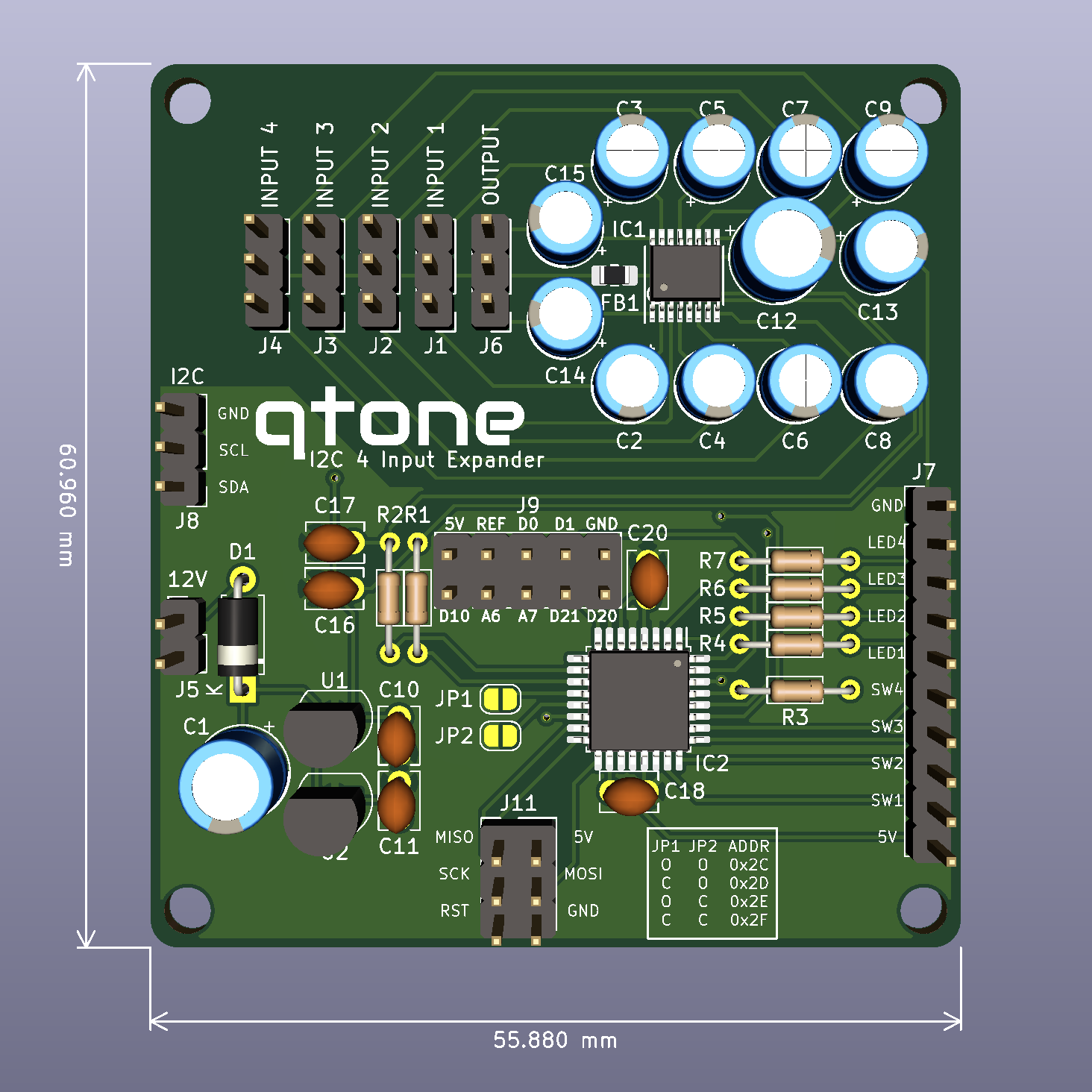
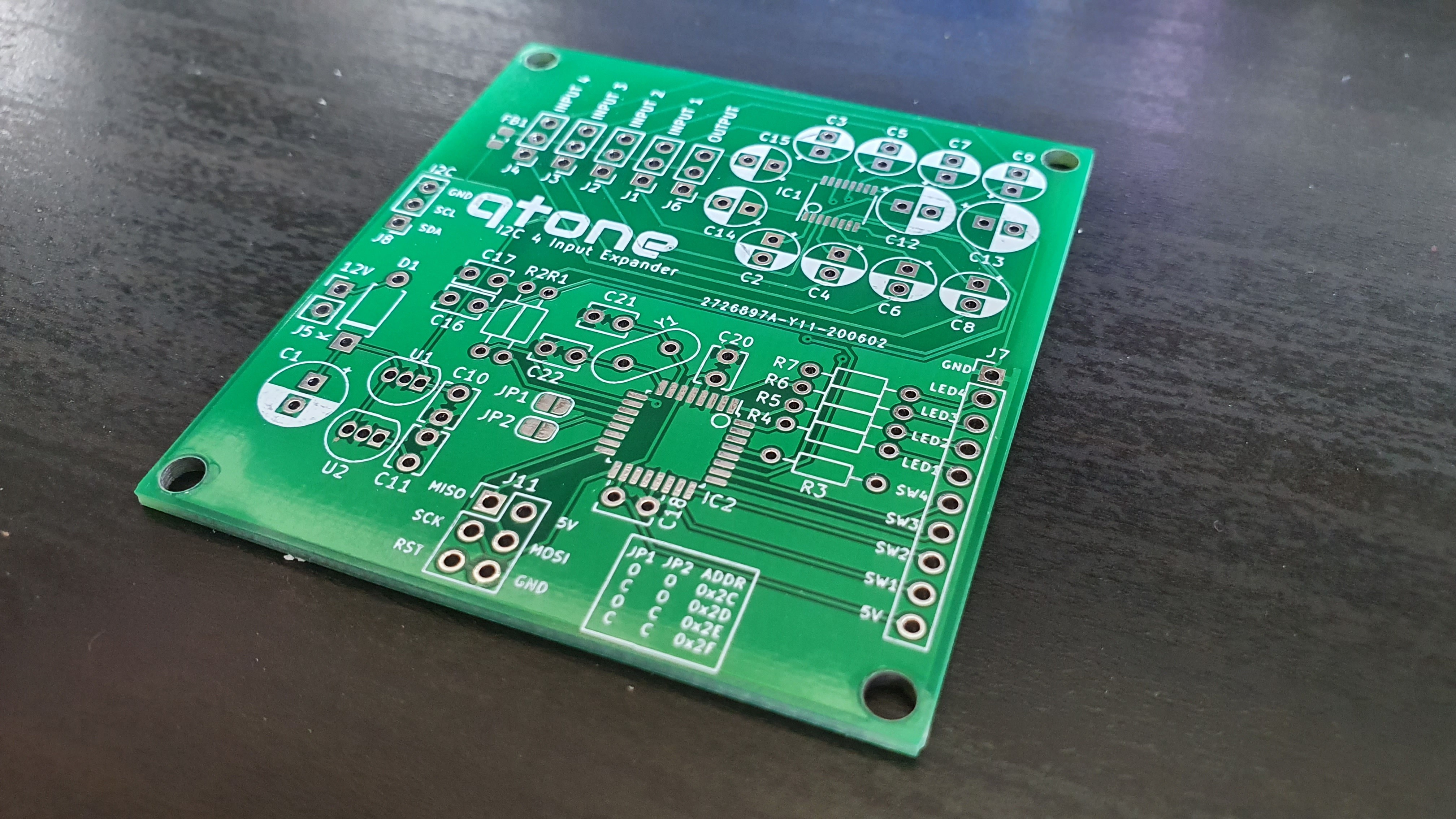

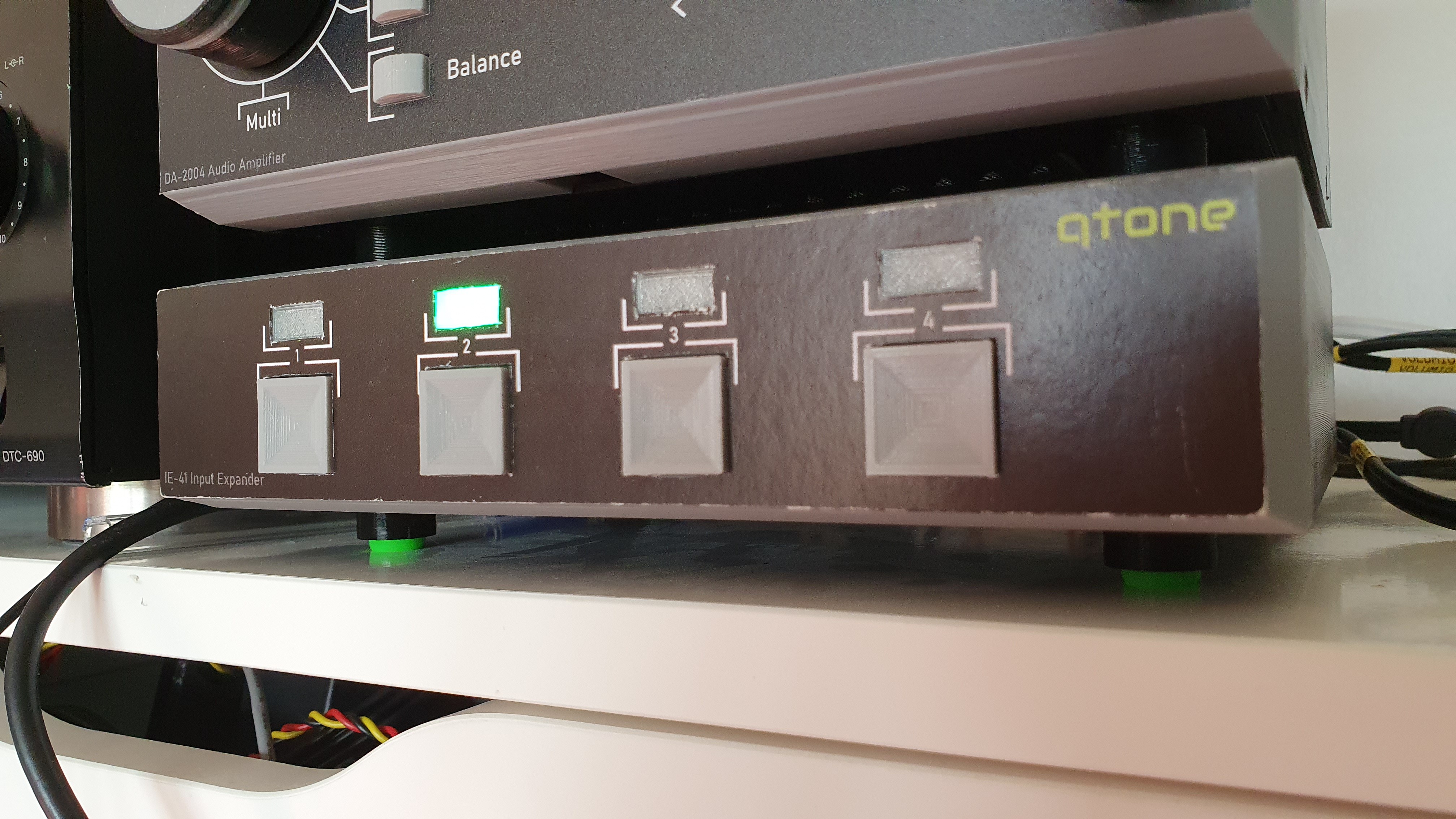
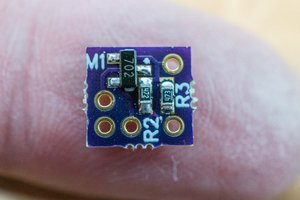
 Bud Bennett
Bud Bennett
 OzQube
OzQube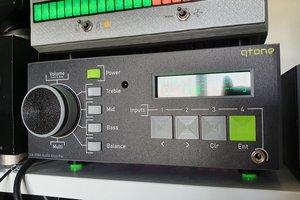

 leumasyerrp
leumasyerrp